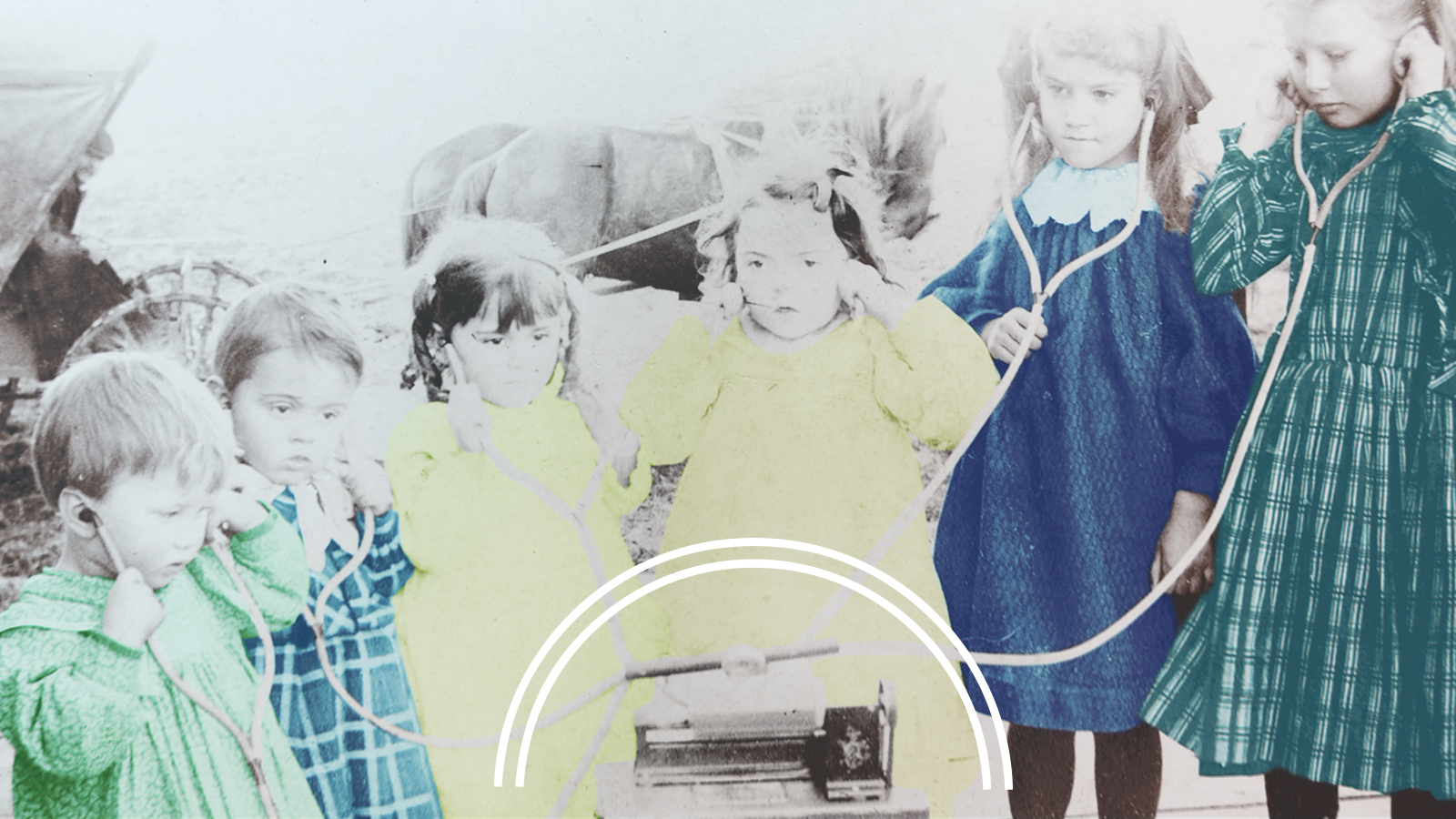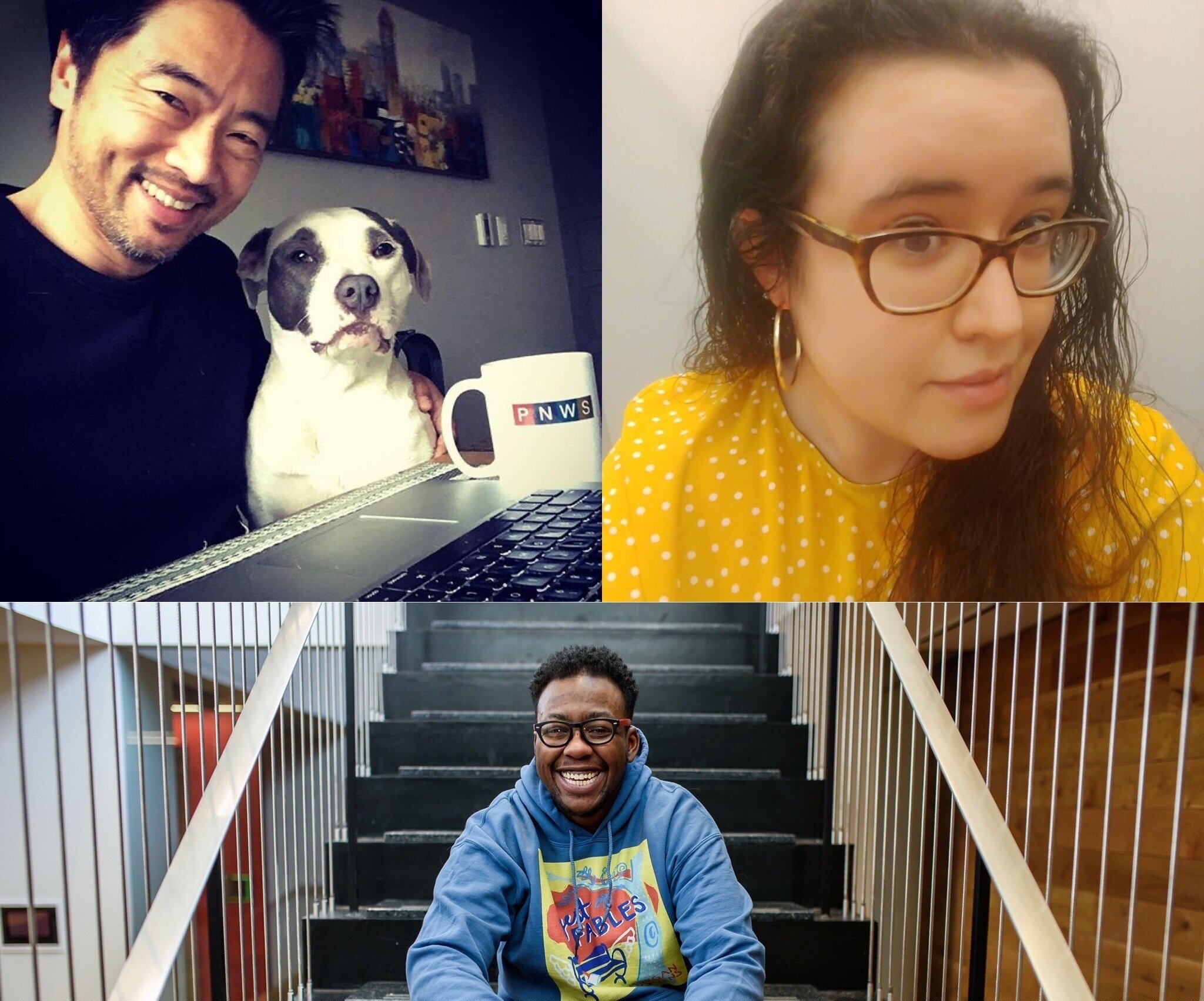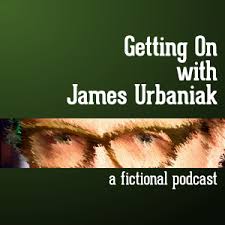5 Questions With Homecoming's Eli Horowitz
1. For those who are unfamiliar with your background, you have done everything from manage a literary magazine (McSweeney’s) to write and design a digital novel (The Silent History). Your work is innovative and experimental, often pushing the boundaries of a particular genre or medium. In that sense, it is perhaps not surprising that you’re experimenting with podcasting, but I was curious about your decision to work specifically within this medium. What drew you to podcasting and why did you feel it was the right fit for a project like Homecoming?
It wasn’t really that podcasting was the right fit for Homecoming, but rather that Homecoming was the right fit (or a right fit, rather) for a podcast. I had very little experience with audio and was in way over my head, but I tried to approach it like any of my other projects — focusing on the fundamental elements of the form, and letting that inspire the plot and characters. It feels like we’re in a really nice moment for podcasting — lots of energy, some resources, large eager audiences, and still a lot of room for experimentation.
2. One way Homecoming is especially unique is that it is voiced by a star-studded cast (e.g. Catherine Keener, Oscar Isaac, David Schwimmer, Amy Sedaris, and David Cross). What are the advantages and disadvantages of working with such well known actors and actresses?
The main advantage is obvious: they’re really good at acting! Also, their higher profile helped us get the word out and reach new audiences. The main disadvantage is just logistics, I think — complicated schedules, limited rehearsal time, things like that.
3. One of the most difficult challenges fiction writers face is writing dialogue that feels authentic. Tell me a little bit about your process for writing dialogue. Did you write any of it with these particular actors and actresses in mind, and how much of a role did improvisation play in the actual production?
All the scripts were written before anyone was cast — though we’re now working on Season Two, and it’s fun to imagine that in the familiar voices. We tried to write the dialogue as naturalistically as possible, and that was a real point of emphasis in our casting decisions. There wasn’t a whole lot of improvisation, but we definitely did leave the actors space to shape the lines as they saw fit; it was important that every word felt natural in their mouths.
4. Homecoming is a show that feels uniquely cinematic in its approach. The scenes are rich with atmospheric sounds, there is no exposition, and we jump around in time in a way that neither includes nor requires explanation. I realize you did not do the sound design, but in writing the scripts, were you influenced by film? If so, were there any particular directors or specific films that were especially influential? Apart from film, from what other sources did you draw inspiration?
We definitely used film as a touchstone — sometimes as an inspiration, sometimes as a contrast. For us, the most conscious cinematic moment was the Ferris wheel ride in Episode Five; I remember Micah specifically comparing that to a Brian DePalma feel. We’re all so drenched in movies from such a young age — it’s hard to not be influenced by the scenes and beats and atmospheres.
5. I read somewhere that you structured Homecoming to sound like a collection of “uncurated found audio.” Can you tell me a little bit about what this means? Are you speaking specifically about the lack of narrator? How does this differ from other mediums in which scenes and conversations are presented without commentary, such as in films?
The lack of narrator is part of it, but also the fact that there’s no non-diegetic sounds (aside from the opening music and the tiny effects during scene changes). Originally we were even more dogmatic about this — for example, we wouldn’t even cut back and forth between storylines, because that felt too overly “editorial” or “curated.” That was our goal with this, to create a feeling of intimacy and authenticity by removing an overt authorial voice from the experience. There are plenty of other works that have somewhat similar aims — the Maysles brothers, Cassavetes, Knausgaard, many more, including audio projects. This wasn’t meant to be some groundbreaking innovation, just a way to lean into the intimate experience that audio is especially well-suited for.






